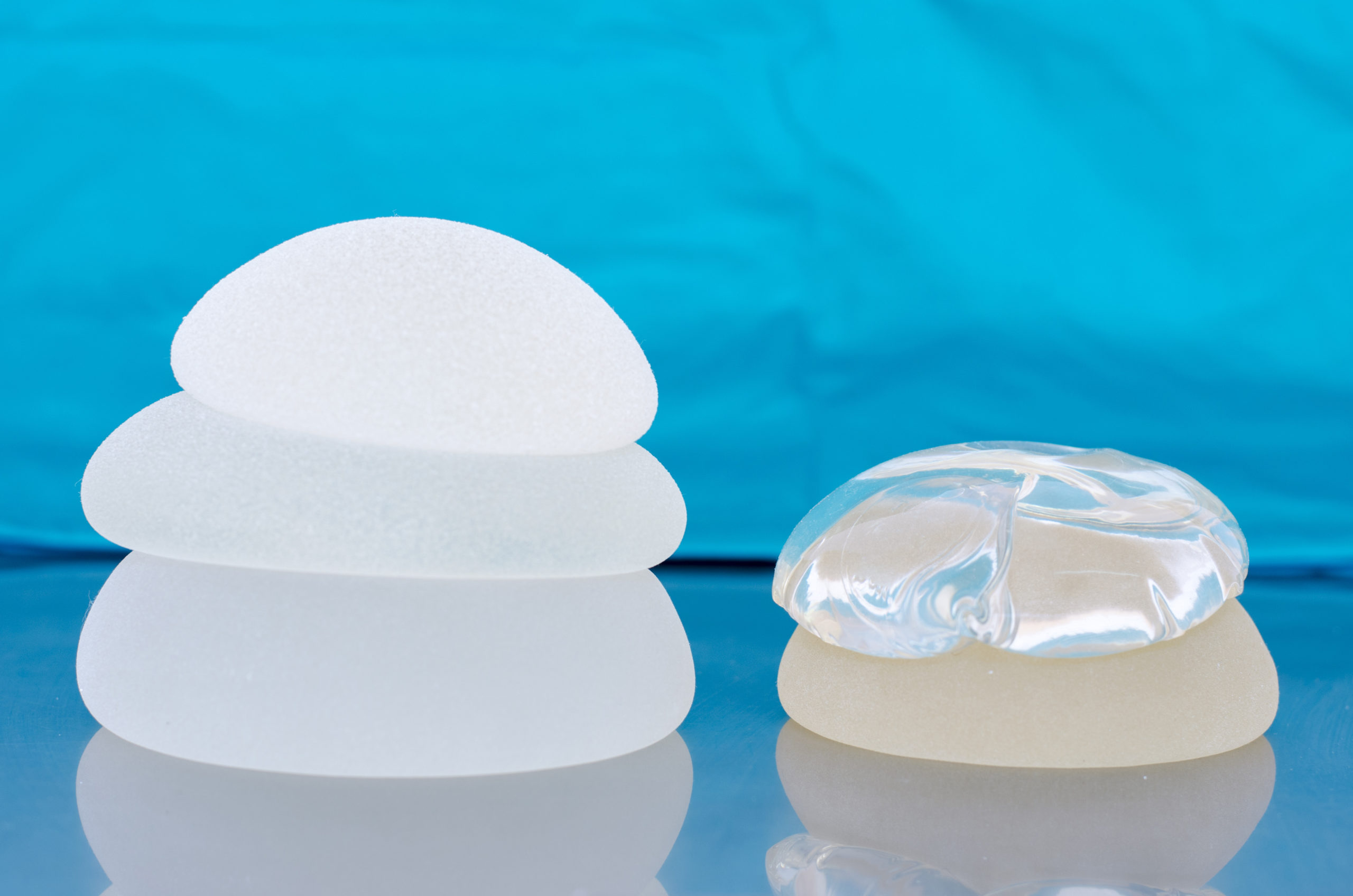Fly In For Surgery
Live far away? Contact us today to learn about lodging arrangements for out of town patients.
LEARN MORE
Posted on October 17, 2017 in Breast Augmentation
Breast augmentation is one of the most common plastic surgery procedures. The implant pocket is created through different skin incisions, which allows placement of the implant within the submuscular or subglandular plane. The different incisions for breast implants determine final scar placement. What are the 4 options for incisions for breast implants?
This is the most common approach for placing breast implants. It leaves a short scar below the breast, which is hidden within the fold as the implant settles into position. It allows for excellent visualization during placement and poses the lowest risk of injurying the nerve that provides nipple sensation. It also divides the least amount of breast tissue, which may lower long-term risk of capsular contracture. Should breast implant revision be required in the future, this approach may also be used again with minimal scarring.
This approach places an incision along the junction of areolar and breast skin. It follows the lower half of the areola. This incision may result in an inconspicuous scar once healed given pigmentation differences between the areola and breast skin. The periareolar approach may not allow placement of large silicone implants due to limitations in scar length. Should revision be required in the future, this approach may also increase risk of nipple retraction if used again in the future. As the implant pocket is created through the periareolar approach, breast tissue deep to the nipple areolar complex is divided to reach the submuscular or subglandular plane. This division of breast tissue may increase risk of capsular contracture.
While this approach avoids placing scars on the breasts themselves, it leaves a scar within the underarm region. This scar may be more noticeable in swimwear and sleeveless clothing, which is important for patients to understand pre-operatively. The transaxillary incision may also make precise implant placement more difficult due to limited exposure. It is generally not a good option if revision surgery is required in the future, which would result in additional scarring at the inframammary or periareolar region.
This approach is listed for completeness sake, however is rarely used in practice. It restricts the implant type to saline given limited exposure and distance from the breast. It also raises difficulty in achieving precise implant placement due to the short incision at a distance. Revision surgery if needed in the future would also require an alternative scar for adequate visualization.
Please contact us if considering breast augmentation in the Toronto area to schedule a consultation with Dr. Stepahnie Power and her team. The best approach for breast augmentation will be determined following consultation based on your aesthetic goals and clinical presentation.
While pregnancy and breastfeeding are exciting experiences in life, they can also change the look and feel of breasts. Many
LEARN MOREFor patients who have decided to undergo a breast procedure, it is important to understand what to expect during the
LEARN MOREA breast lift, also known as mastopexy, is performed to raise the breasts through the removal of excess skin and
LEARN MOREFill out the form below to schedule your consultation today.
Live far away? Contact us today to learn about lodging arrangements for out of town patients.
LEARN MOREWant to hear more from Dr. Power? Check out our blog for monthly updates and procedure information.
LEARN MOREWe are transparent about pricing. Just let us know which procedure you are interested in and we will give you a range!
LEARN MOREyou may learn more and book your elective
plastic surgery online. Click here to book a
time that is convenient for your busy schedule.
If you have further questions before booking,
please submit our intake form.